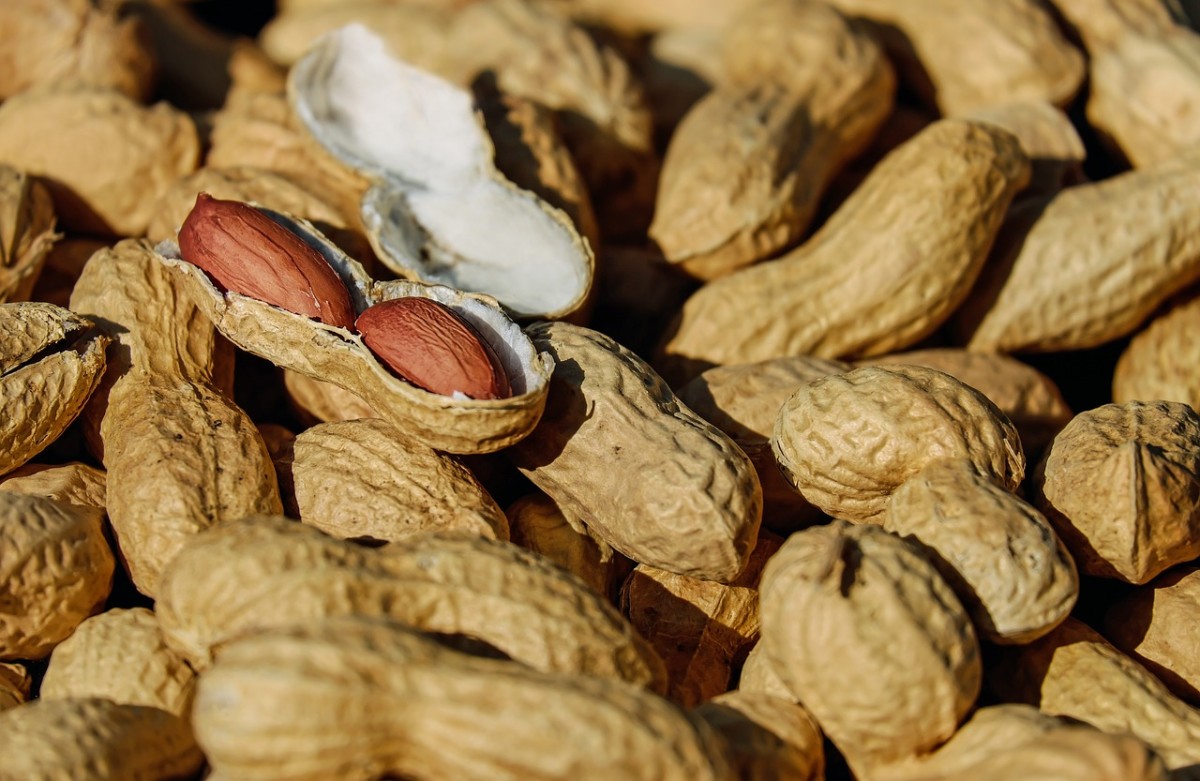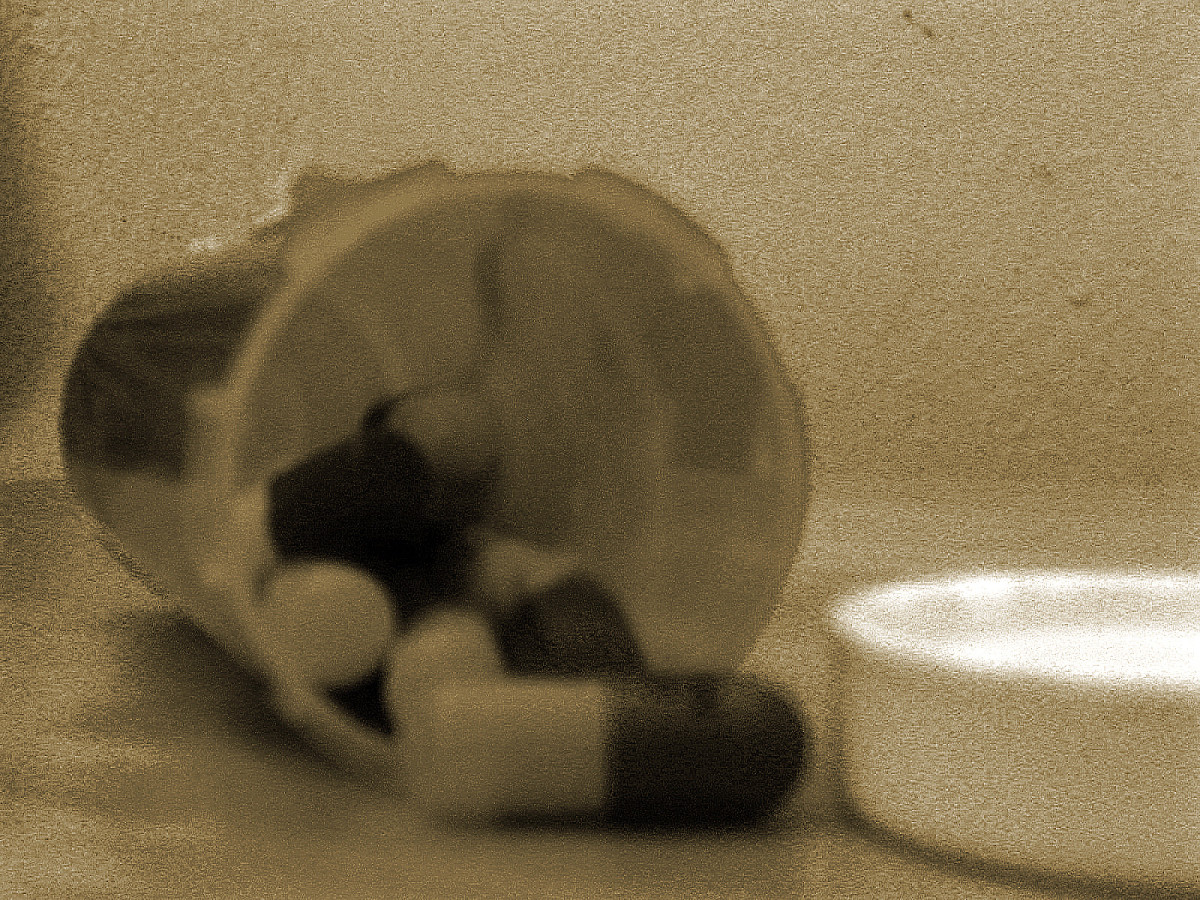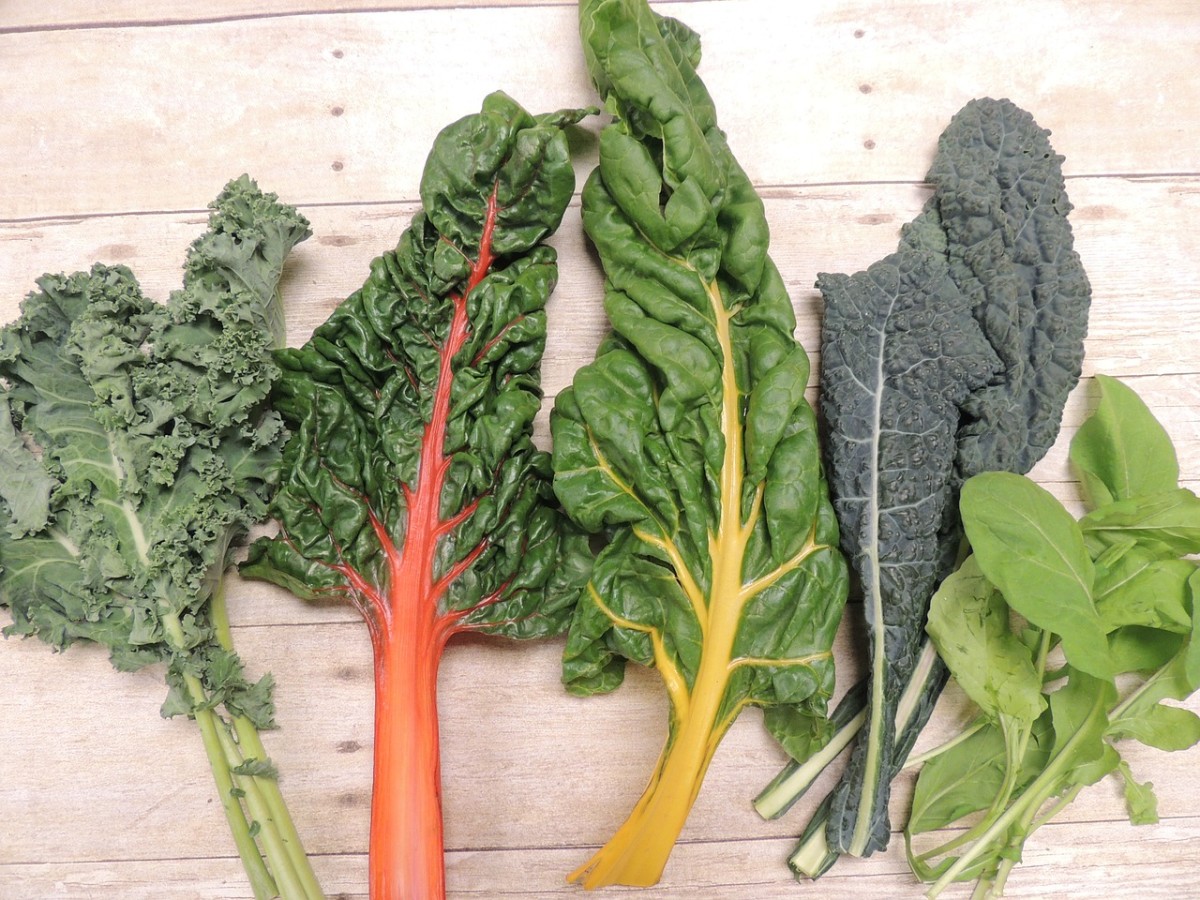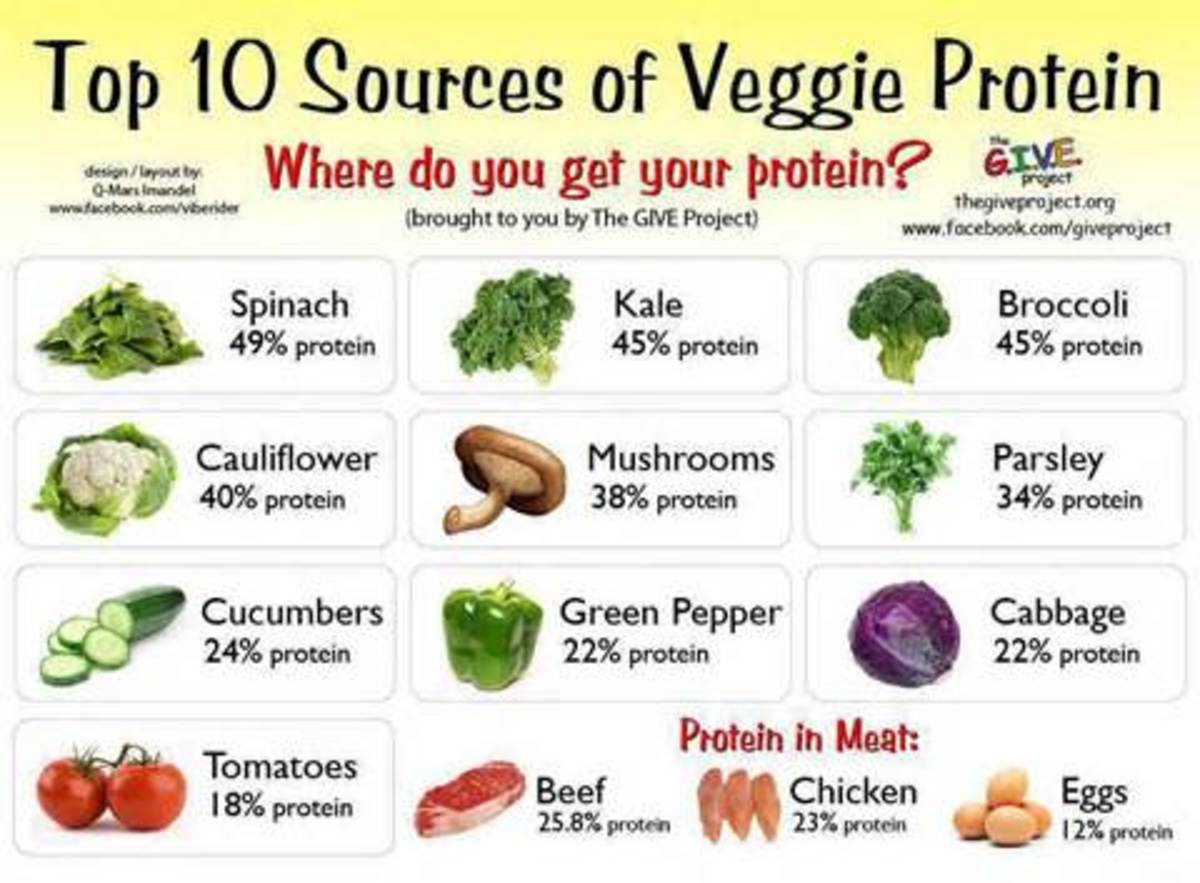Children’s Food Allergies
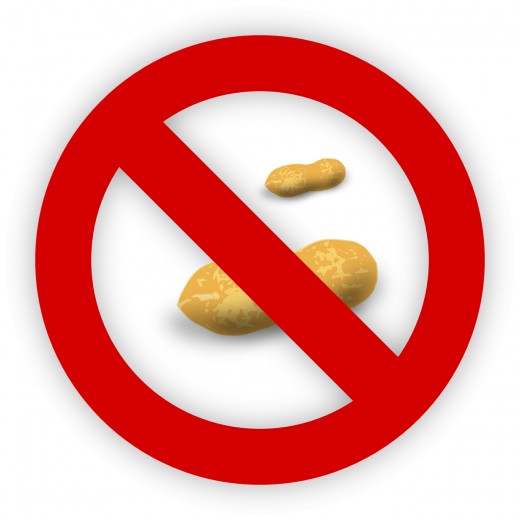
Peanut Allergy Facts
“A food allergy happens when your immune system overreacts to a specific food protein.” Peanut allergies are one of the most common food allergies, and the number of children with this allergy has increased in recent years. This allergy can be life-threatening and may require an epinephrine injection.
Recent estimates state approximately 15 million Americans (5.9 million children under 18 years) have food allergies, so approximately 1 in 13 children with food allergies. Furthermore, 30% of children are allergic to more than one type of food. For teachers, they must be aware of allergy symptoms as they may easily have two children with food allergies in a classroom.
As of now, scientist do not know why there is a rise in peanut allergies, but an overactive immune system is one theory. Peanut allergies tend to trigger a more serious reaction than other food allergies. However, a recent 'LEAP' study concluded that introducing peanuts earlier in a child’s life helped prevent the child from food allergies later in life.
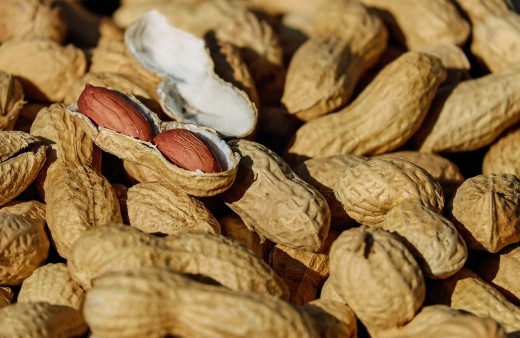
Symptoms of Food Allergies
It only takes a very small amount of peanuts to cause a serious reaction. A mild reaction one time can result in a more serious reaction the next time.
- Skin reactions include rashes, hives, redness and swelling
- Runny nose
- Tingling or itching in the mouth or throat
- GI difficulties, such as nausea, vomiting, diarrhea or stomach cramps
- Tightening of the throat
- Shortness of breath or wheezing
Peanuts are the most common cause of anaphylaxis. The symptoms of anaphylaxis can include:
- Constriction of the airway
- Swelling of the throat that makes breathing difficult
- A fast heart rate
- Lightheadedness
- Dizziness, Loss of consciousness.
Treatment for this type of medical emergency is an epinephrine (adrenaline) injector. The Epipen, Auvi-Q and the Twinject are three types of rescue pens, but a trip to the emergency room is also necessary with anaphylaxis..
In schools, approximately 20% to 25% of epinephrine administrations are given to students whose allergies were unknown when they got into distress. Many schools are “nut-free” due to allergies, so the peanut butter and jelly sandwich is a thing of the past.
Food Allergies in Children
Other Common Child Food Allergies
The most common food allergy for young children is cow’s milk, and the second most common is eggs. Lactose intolerance is not a milk allergy, but caused because a person is missing enzyme lactase. Soybeans are also a common allergy for young children. Children are sometimes allergic to wheat, but they tend to outgrown this allergy by age three.
Other common food allergies for children or adults include tree nuts, shellfish, halibut, tuna and salmon. Peanut allergies tend to have the most severe reaction.
Over 170 food allergies have been reported for adults and children. The cost for US families to care for children with food allergies is almost $25 billion annually.
Anaphylaxis Emergency
Treatment of Food Allergies
There is no cure for food allergies, except not eating a particular food. Fortunately, children outgrow some allergies, such as milk, eggs and wheat. Fish, tree nuts, peanuts and shellfish are often a lifelong problem.
Certainly talk with your doctor if you child exhibits any food allergy, but specifically if the allergy is peanuts. If your child has a peanut allergy keep an epinephrine pen handy at all times.
Check the expiration dates, and make sure you know how to use the autoinjector. Make sure other family members know how to use the autoinjector as well. Get a backup prescription from your doctor.
Many foods contain peanuts, so it is important to read labels. Some meats are cooked in peanut oil as well. Chick-fil-A uses a peanut oil that has used a complex process to purify the oil by removing the protein that triggers the allergic reaction. However, if you have a serious peanut allergy it would be wise to avoid any food with peanuts or peanut oil.
Ideas for Parents
An exam with the doctor will include the physical for your child and their symptoms will be reviewed. Your child may be referred to an allergy doctor.
What can you do as a parent?
- Keep a food diary of your child’s eating habits and any allergy symptoms for specific foods.
- An elimination diet may be useful if your child seems to be allergic to more than one food. Eliminate peanuts and any suspect food for a two to four weeks, then introduce them back into the diet one at a time.
- For more severe reactions to food a blood test can be given that measures your child’s immune system response to particular foods by checking the amount of allergy-type antibodies.
- A skin test can also be done where the skin is pricked with a needle and a small amount of food is placed on that area to see if there is a reaction, such a a raised bump.
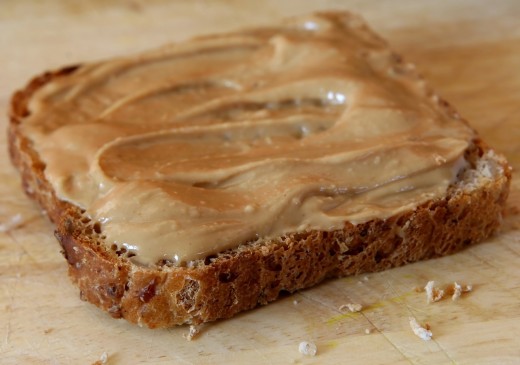
Summary
New research for desensitization for babies to avoid a peanut allergy suggests that introducing foods containing peanuts between 4 and 11 months is effective in preventing peanut allergies in the long term. This is not FDA approved at this time as it is a new concept. Initially, it would probably be wise to introduce a small amount of peanut butter or some other food with peanuts to watch for any reactions.
References
- https://www.mayoclinic.org/diseases-conditions/peanut-allergy/diagnosis-treatment/drc-20376181
- https://en.wikipedia.org/wiki/Peanut_allergy
- https://acaai.org/allergies/types/food-allergies/types-food-allergy/peanut-allergy
- https://www.foodallergy.org/life-with-food-allergies/food-allergy.../facts-and-statistics
- https://www.mayoclinic.org/diseases-conditions/peanut-allergy/symptoms-causes/syc-20376175
This content is accurate and true to the best of the author’s knowledge and does not substitute for diagnosis, prognosis, treatment, prescription, and/or dietary advice from a licensed health professional. Drugs, supplements, and natural remedies may have dangerous side effects. If pregnant or nursing, consult with a qualified provider on an individual basis. Seek immediate help if you are experiencing a medical emergency.


